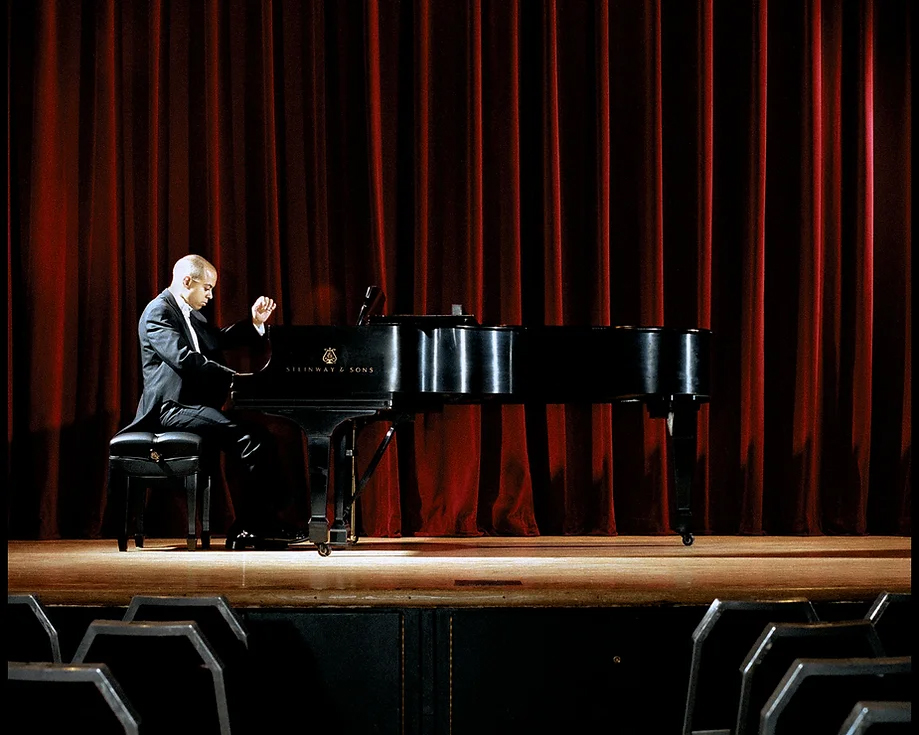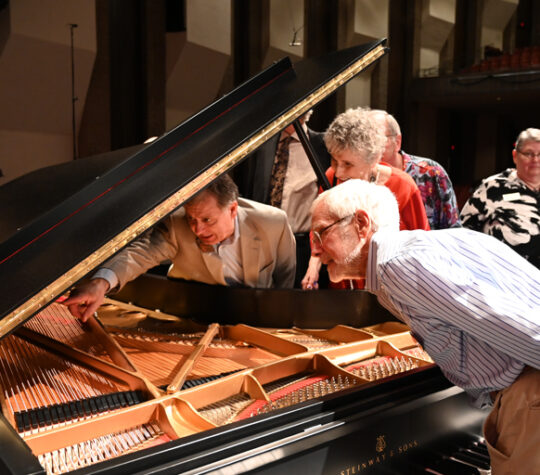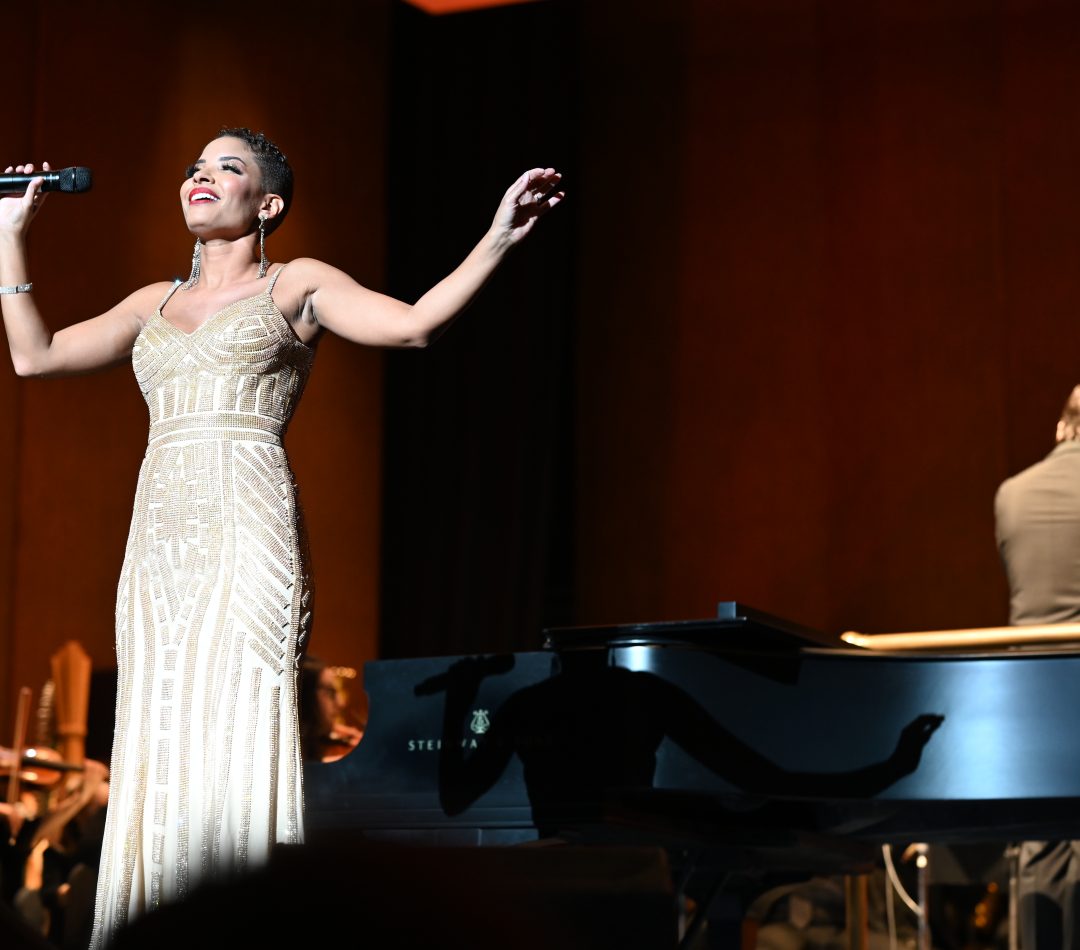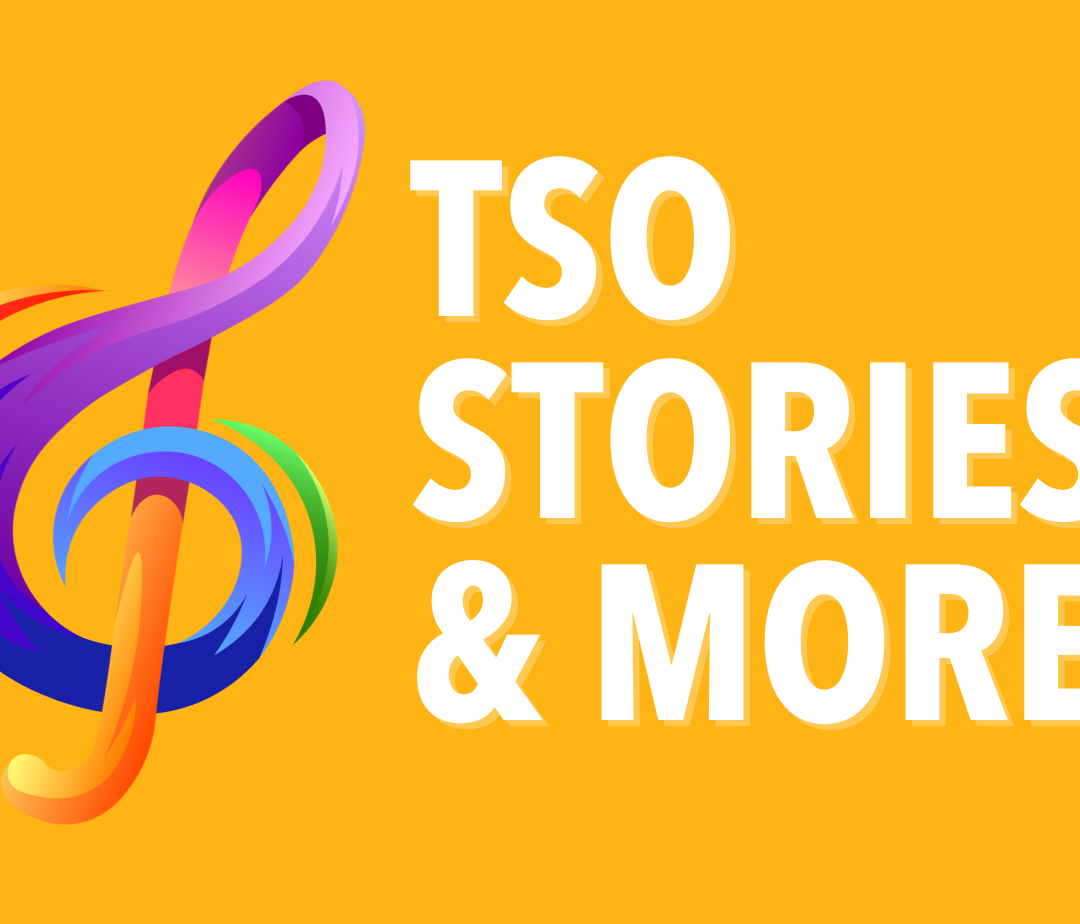Maestro Gomez and the TSO will be joined by Canadian pianist Stewart Goodyear for 100 Years of Gershwin’s Rhapsody in Blue on February 24 and 25. The concert will be Goodyear’s TSO debut. We recently sat down with Goodyear, proclaimed “a phenomenon” by the Los Angeles Times to discuss his musical beginnings, and the 100th anniversary of Rhapsody in Blue.
Classical music has always been Stewart Goodyear’s “heartbeat.” Exposed to the classical music masters (Beethoven, Wagner, Mahler, Tchaikovsky, and others) from a very young age, Goodyear knew as a toddler that he wanted to be a classical musician. Beethoven specifically inspired the young Goodyear. “I was listening to all the piano sonatas. It was my first box set with 13 LP’s and I couldn’t stop from the first LP to the 13th. I just went through all of them, and every moment was so compelling. I was riveted by every second. It was an important day of my life because that was the day that my life really began.” Goodyear graduated from the Glenn Gould School at the Royal Conservatory of Music in Toronto at just 15 years old. From there he attended the Curtis Institute of Music in Philadelphia and the Juilliard School in New York, where he earned his master’s in piano performance. Since graduating, he has traveled the world, performing with, and composing for top orchestras.
The piano sonata experience would stick with Goodyear, inspiring his Beethoven Sonata-thon, encompassing all 32 sonatas in total over 11 hours of music. “Because of that experience I always heard those sonatas as a mammoth set. So, I thought, you know, for whoever wants to do the journey with me, I will present it the way I first heard it and that’s how the Sonata-thon came to be.” Goodyear has completed the feat 7 times over the last decade. In a 2013 interview for Classical Voice North America, Goodyear said, “I once did a typical two-hour Beethoven Sonata performance. It felt incomplete, so I went home and played the other 28.”
Goodyear was also exposed early on to Gershwin. “I always thought of Gershwin as being almost a messenger to the vibe of America. Being brought up in Canada, just hearing Gershwin, I always had that soundtrack in my head every time I would be traveling to the States, especially during my first trip to New York. Rhapsody in Blue and An American in Paris were the two works that I heard over and over and over again.”
When asked specifically about Rhapsody in Blue, Goodyear described the masterpiece as, “absolutely authentic to the sound world of Gershwin.” He went on to say, “Gershwin is speaking to the listener. The melodies are catchy and somehow, even though it’s rhapsodic and it feels like it’s a random thing, somehow the way everything happens is so organic and it’s almost as if Gershwin had the pulse on human experiences and emotions and everything just seemed to glide from one thought to the other and I don’t think anyone gets tired of hearing this work. It’s just so positive. It’s filled with energy; it’s filled with youth, and it’s very electric and exciting.”
Rhapsody in Blue speaks to Goodyear on a very deep level. “I think what makes Rhapsody in Blue so extraordinary is that every time I play it, it’s always different and it’s always a matter of the collaboration with the audience and with whoever the principal clarinetist is. The way the conductor sets up the mood inspires my performance, so it’s a real collaborative experience with everyone and we’re all part of that sound world.”




